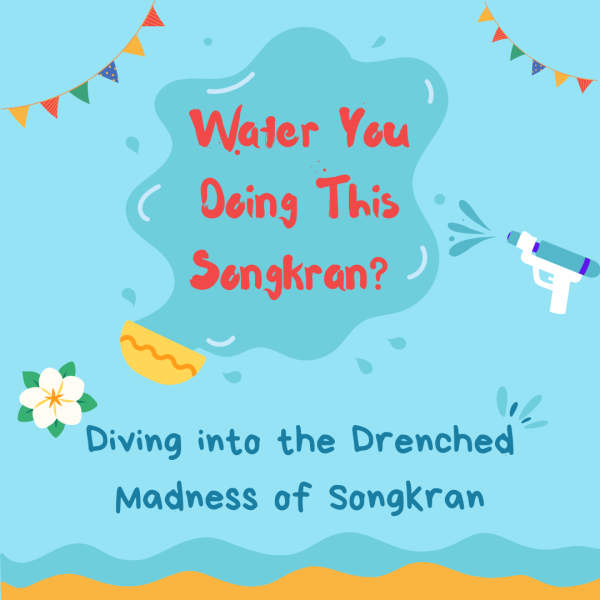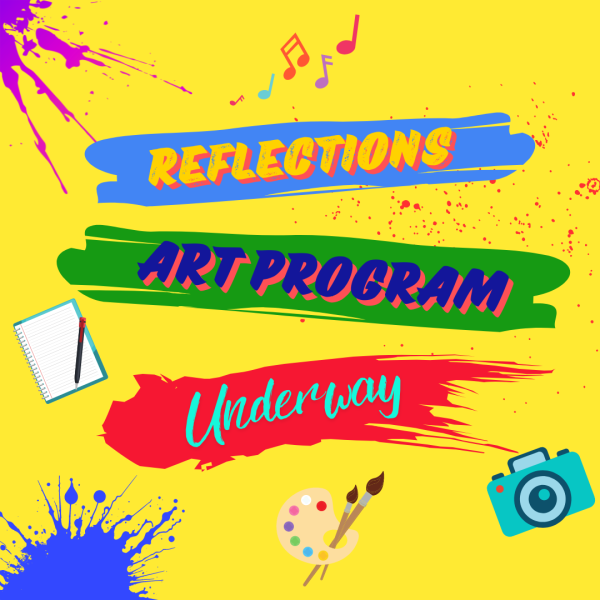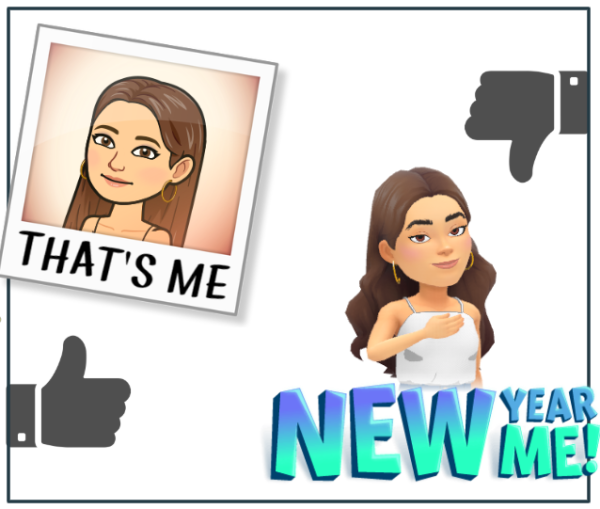THE EVOLUTION OF NEWSPAPERS
How Have Newspapers Evolved Over Time?
Once upon a time there was no such thing as a newspaper. Stories were told by word of mouth or by using symbols like hieroglyphs. Stone or metal carvings were widely used to spread news in ancient Rome. But history teaches us that things never stay the same. New inventions, technologies, and creations developed over time, leading us to the newspaper as we know it today.
Noting a Newspaper
What exactly is a newspaper? According to Britannica, a newspaper is a, “publication usually issued daily, weekly, or at other regular times that provides news, views, features, and other information of public interest and that often carries advertising.” Newspapers share information from all around the world to keep the public informed and up to date on global issues. This means that newspapers are an important form of communication for people and help create a feeling of interconnection everywhere on Earth.
The Creation of Newspapers
Ancient Rome
The Acta Diurna (‘Daily Acts’) in Rome is considered the precursor to the modern newspaper. It was created around 130 BC, and consisted of simple stone or metal carvings presented as daily notices across Rome. These helped Romans stay up to date with current events, with news ranging from “official to entertainment, and even astrological readings” (AncientOrigins). Later, the Acta Diurna was moved to handwritten sheets of papyri, a material used in ancient Europe from the spongy, cellular tissue of the papyrus plant. Unfortunately, since papyrus is not very durable, none of the copies survived until present day. Romans posted these messages on city walls up to four or more times a day and even sent news through carrier pigeons to citizens. The Acta Diurna lasted until around 330 AD when the Emperor Constantine moved the capital of the Roman empire from Rome to Constantinople (AncientOrigins).
Europe
In England, the earliest kind of printed newspaper was invented in 1513 and it was an “eyewitness account of the English victory over the Scots in the Battle of Flodden” (Britannica). “Dutch Corontos,” or ‘currents of news’ were items taken from foreign journals as early as 1620, and English Corontos came to London in 1621. The first English daily newspaper was called The Daily Courant and was published from 1702-1735, but it wasn’t until 1771 that Parliament formally allowed journalists the right to report on its proceedings. Meanwhile, in France, the Journal de Paris was started in 1771 and from 1789 through World War II, the Journal de Debats recapped sessions of the National Assembly, a house in Parliament. The struggles these printed European newspapers went through to have freedom of speech pushed them to rise in popularity between the 14th and 16th centuries, allowing information to be spread more freely throughout a country or city, and giving Europeans a new connection to one another in ways that had never occurred before. Newspapers began to develop more freely starting in Sweden after a law guaranteeing freedom of the press was passed in 1766. (Britannica)
Early U.S. Colonies
In the English colonies, the creation of the printing press by Johannes Gutenberg was taking the New World by a storm. The U.S. colonies’ first printed newspaper was the Publick Occurrences Both Forreign and Domestick, located in Boston; unfortunately, it was suppressed by the colonial governor after the first issue in September 1690. In spite of this, The Boston News-letter began weekly publication in 1704, and the Boston Gazette by James Franklin (Ben Franklin’s brother) was created in 1719. Independent newspapers began springing up across the English colonies, and the print industry was further advanced when John Zenger of New York won a court case in 1735 allowing freedom of the press, an idea that was cemented when the First Amendment was ratified in 1791. (Britannica)
Fast-track Tech
New inventions in the late 19th century sped up production and sales of newspapers. Early European papers were printed from movable type but, “advances in mechanical typesetting, in high-speed printing (rotary press), in communications (telegraph and telephone), and in transport (railway),” helped stimulate the rise of newspapers globally (Britannica). The Industrial Revolution created these new technologies, aiding in higher circulation: “by the mid-19th century there were 400 dailies and 3,000 weekly papers in the United States” (Britannica).
Modern Methodology
Today, traditional print newspapers are slowly fizzling out as new technologies in the 21st century create easier access to information through the internet and social media. However, most print newspapers have still continued as more modern, online versions, such as the New York Times, Washington Post, and USA Today. Social media apps such as Instagram and TikTok provide unlimited information from all around the world, but not everything online is truthful. Because everyone has access to the internet today, people can put anything they wish online to either positively or negatively influence consumers. This means it is important to be careful with the information you find online, and make sure it is written or posted by a trusted source.
News at iUniversity
iUniversity Prep has been blessed with its own form of an online newspaper, created by the iHoot Newspaper club. Written and edited by students from this school, news is published weekly to the website with the annual article views of 2022 surpassing 5,000. The club was founded in 2014 and has stimulated the writing growth of many students over the years as kids gain insight on leadership, writing, and editorial skills.
Here is some feedback from our own iUP Owls on newspapers and social media sites that they use:
Eve Bamber prefers online newspapers and says she spends time on the New York Times and Apple News App. She loves to “read about current events, health and wellness and fashion. [She] reads current events and health and wellness to primarily stay better informed, and [she] loves reading about fashion for general enjoyment and interest! When [she’s] reading news, [she] tries [to] be cautious about consuming overly biased pieces so [she] can better form [her] own individual opinions.” This is important to note since there are now so many ideas and beliefs out there, that true facts are not always easy to find. Since our form of news has become increasingly connected, people have the ability to write anything and influence the views of a person dramatically. As Eve states, “Don’t just get your news from one place! Read and learn from many different networks to ensure you’re a better informed individual!”
Andrea Rios chooses to read the news online because she thinks, “the online news may be more relevant since everything is arranged online and social media too.” Andrea continues, “I get most of my news from Fox 4 News, TikTok despite the controversy it truly conveys the truth, and YouTube because weather and live events can be broadcasted…like the Met Gala 2023.” Online news is very convenient to access, especially in national emergencies like COVID-19 or weather disasters.
Danny Hall also prefers online news because, “it’s more accessible and [he’s] able to access important headlines faster.” He gets most of his information from TikTok, Twitter, the New York Times, and the Washington Post. He is, “usually hunting out news pertaining to sports more than anything else. When it comes to specific sports, [he] seeks out football (soccer) news the most, with NFL and basketball news usually coming in second. Along with that, [he] also likes to keep up to date with news related to US Politics.” Danny also believes that online news is convenient, thinking that, “it’s incredible that all the news anyone could possibly want is online now, but with that comes a huge cost…it seems like there is more and more negative news being pumped out, and although the negative news covers issues that people need to be aware of, [he] personally thinks that the negativity angle of news, especially in US Politics, causes more harm than good along with more division and vitriol than unity and togetherness.” Danny is very knowledgeable about the social problems of online news and social media, and he brings up strong points that modern news creates tension and diversity rather than bringing everyone together.
In Conclusion…
The creation of news has changed greatly over time, from stone carvings in Ancient Rome, to paper works from the printing press, to social media apps in modern day technology. While printed newspapers have evolved into online editions, the overall layout of newspapers has still kept the same traditional form throughout the years of giving important global or local information to its readers. It is important to be informed of all news, but to also be wary of potential bias and opinions of online news since everyone has access to the internet nowadays. Taking the time to read a few trusted news sources every so often will help you be aware of worldwide issues and give yourself the chance to learn new things!
Citations
- Rodriguez, E. (2022, November 5). newspaper. Encyclopaedia Britannica. Retrieved May 6, 2023 from https://www.britannica.com/topic/newspaper
- Mingren, W. (2017, December 23). Acta Diurna: The Telegraph of Ancient Rome, Bringing You All the Latest Gladiator Combat News. AncientOrigins. Retrieved May 6, 2023 from https://www.ancient-origins.net/artifacts-ancient-writings/acta-diurna-telegraph-ancient-rome-bringing-you-all-latest-gladiator-021770
- Aakanksha, G. (2018, September 19). acta. Encyclopaedia Britannica. Retrieved May 6, 2023 from https://www.britannica.com/topic/Acta
- (2022, June 27). The World’s First Newspaper: Rome’s Acta Diurna. carmentablog. Retrieved May 6, 2023 from https://carmentablog.com/romes-acta-diurna-the-worlds-first-newspaper/

Hi everyone! My name is Brooke Bolinger and I am one of the Co-Associate Editors this year!! This is my 4th year at iUP and I am a senior...












